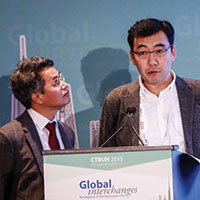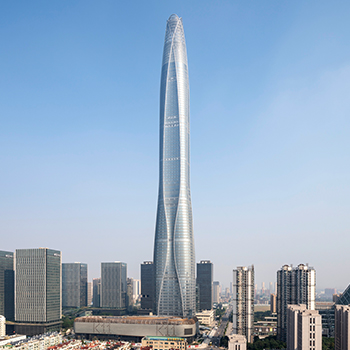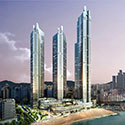Filter by
You must be a CTBUH Member to view this resource.
LCT The Sharp Landmark Tower
Triple Square Resort Tower A, Haewundae Tourism Resort Tower A
Building
Completed, 2019
hotel / residential
concrete
411.6 m / 1,350 ft
101
5
46
10 m/s
You must be a CTBUH Member to view this resource.
You must be a CTBUH Member to view this resource.
Usually involved in the front end design, with a "typical" condition being that of a leadership role through either Schematic Design or Design Development, and then a monitoring role through the CD and CA phases.
The Design Engineer is usually involved in the front end design, typically taking the leadership role in the Schematic Design and Design Development, and then a monitoring role through the CD and CA phases.
You must be a CTBUH Member to view this resource.
Usually involved in the front end design, with a "typical" condition being that of a leadership role through either Schematic Design or Design Development, and then a monitoring role through the CD and CA phases.
The Design Engineer is usually involved in the front end design, typically taking the leadership role in the Schematic Design and Design Development, and then a monitoring role through the CD and CA phases.
The Design Engineer is usually involved in the front end design, typically taking the leadership role in the Schematic Design and Design Development, and then a monitoring role through the CD and CA phases.
The main contractor is the supervisory contractor of all construction work on a project, management of sub-contractors and vendors, etc. May be referred to as "Construction Manager," however, for consistency CTBUH uses the term "Main Contractor" exclusively.
Other Consultant refers to other organizations which provided significant consultation services for a building project (e.g. wind consultants, environmental consultants, fire and life safety consultants, etc).
Material Supplier refers to organizations which supplied significant systems/materials for a building project (e.g. elevator suppliers, facade suppliers, etc).
CTBUH Releases Year in Review: Tall Trends of 2019
12 December 2019 - CTBUH Research
Vertical Transportation: Ascent & Acceleration
12 September 2017 - CTBUH Research

27 October 2015 | Busan
SKYSCRAPER Driven From Inside Out Towards Nature
An essential element of skyscraper architecture lies in its adaptability to an existing environment. For its massiveness in height and size, a skyscraper, while becoming...

12 December 2019
Year in Review: Tall Trends of 2019
CTBUH Research
The year 2019 was remarkable for the tall building industry, with 26 supertall buildings (300 meters or taller) completed, the most in any year. This...

12 December 2019
Year in Review: Tall Trends of 2019
The year 2019 was remarkable for the tall building industry, with 26 supertall buildings (300 meters or taller) completed, the most in any year. This...

01 September 2017
Application of Post-Tension Technology on Tall Buildings
It’s been a decade since post-tension system began to be applied in earnest to buildings in Korea. In the meantime, posttension system has been used...

17 October 2016
Structural Design Considerations and Challenges for Busan’s Haeundae Resort Complex
In the early twentieth century, many countries were obsessed with high-rise buildings taller than 100 stories, and Korea was swept up in the challenge to...

01 September 2016
Design Considerations for Concrete High-Rise Buildings
Busan’s Haeundae Resort project, which is currently being constructed by POSCO E&C, comprises the 101-story Landmark Tower and two 85-story residential towers. Presently, foundation and...
12 December 2019
The year 2019 was remarkable for the tall building industry, with 26 supertall buildings (300 meters or taller) completed, the most in any year. This is the second consecutive year in which this record was broken, besting 18 supertalls in 2018.
Subscribe below to receive periodic updates from CTBUH on the latest Tall Building and Urban news and CTBUH initiatives, including our monthly newsletter. Fields with a red asterisk (*) next to them are required.
View our privacy policy